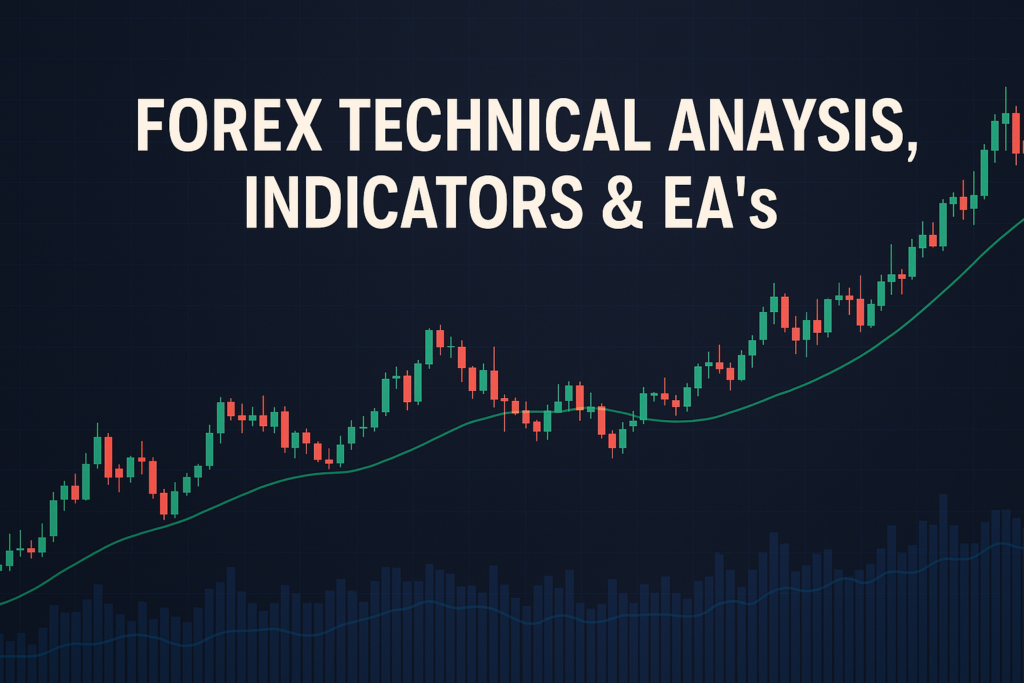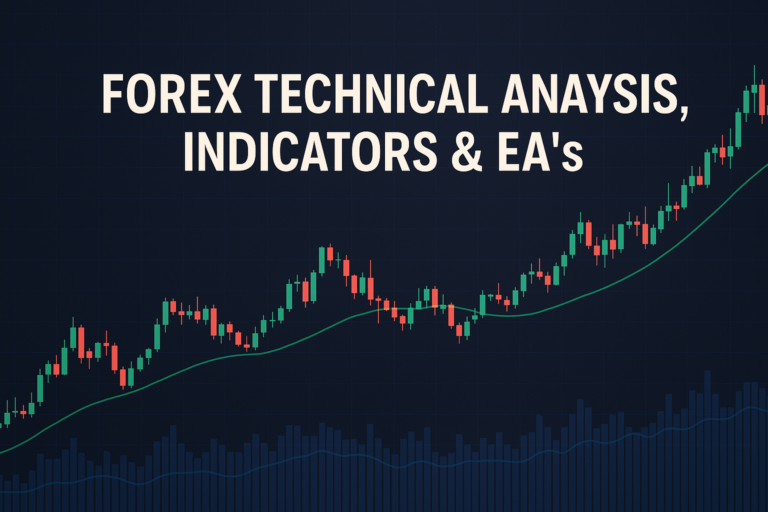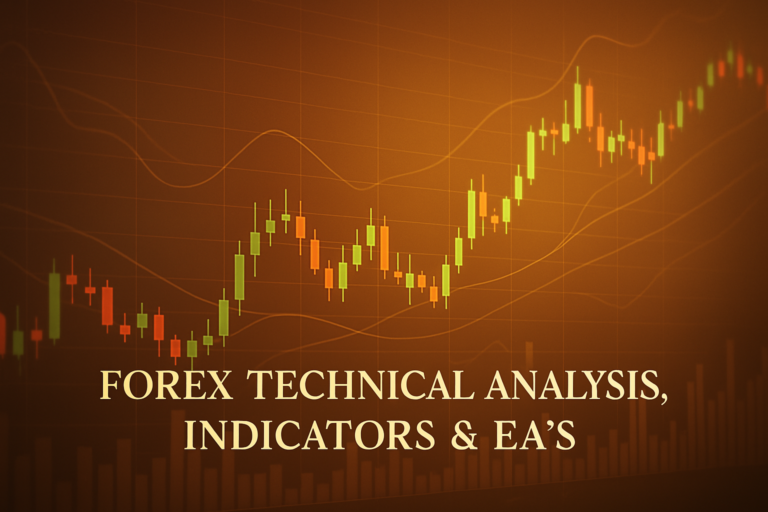
Signal moving average is a powerful tool in Forex trading that helps traders identify trends and make informed decisions.
Have you ever watched the Forex market and felt a bit lost? The signal moving average is a tool designed to help traders make sense of price movements. It smooths out fluctuations, making trends easier to spot. Whether you’re a beginner or a seasoned pro, understanding this concept can significantly enhance your trading experience.
Yet, many traders struggle with applying the signal moving average correctly. Beginners often find themselves confused by the terminology and theory, while professionals may overlook its effectiveness. Understanding this tool is essential for making informed trading decisions and can lead to more profitable outcomes.
In this article, we will explore the signal moving average, its history, advantages, and disadvantages. We’ll also provide practical strategies and tips for integrating it into your trading routine.
For those just starting out, it’s crucial to choose the right broker. You can check out the best forex brokers in usa for beginners to find the one that fits your needs.
What is a signal moving average?
A signal moving average is like a friend who helps you see the bigger picture in trading. Imagine you’re walking through a crowded market. The noise can be overwhelming, right? The signal moving average takes that noise and clears it up. It helps you understand the overall direction of a currency pair by averaging past prices over a specific period.
Types of signal moving average
There are different types of signal moving averages, and each serves a unique purpose:
- Simple Moving Average (SMA): This is the most basic type. It adds up the closing prices over a set number of days and divides by that number. For example, a 10-day SMA takes the average price of the last ten days.
- Exponential Moving Average (EMA): This one gives more weight to recent prices. It reacts faster to price changes, making it popular among day traders.
- Weighted Moving Average (WMA): Similar to EMA, but it assigns different weights to different prices. More recent prices matter more than older ones.
How signal moving average smooths out price action
When you plot a signal moving average on a chart, it creates a line that follows price movements. This line helps to smooth out the jagged edges of price fluctuations. Think of it as a gentle wave in the ocean, guiding you through the ups and downs. By observing this line, traders can see whether the market is trending up, down, or sideways.
Common periods used and why
Traders often use different periods for their moving averages depending on their strategy. Common periods include 10, 20, 50, and 200 days. Shorter periods, like 10 or 20 days, are good for quick trades, while longer periods, like 200 days, help identify long-term trends. Using the right period is essential to fit your trading style.
The History of signal moving average: How It Became Popular
Origin of signal moving average
The concept of moving averages isn’t new. It dates back to the 1900s when traders first began to look for ways to analyze price data. The signal moving average was created to help traders make sense of price trends and patterns. It was developed to be a simple yet effective tool in the trader’s toolbox.
When did traders start using it widely?
As technology advanced, more traders began to adopt the signal moving average in the 1970s and 1980s. With the advent of computers and trading software, it became easier to calculate and visualize these averages. Traders found it a valuable resource for making informed decisions.
Real-life stories
Many professional traders attribute their success to using the signal moving average. For instance, one trader realized he could spot trends much quicker by using a 50-day EMA. This strategy helped him make profitable trades consistently. Stories like these inspire both beginners and experienced traders to embrace the signal moving average for better outcomes.
Advantages and Disadvantages of signal moving average
Advantages:
Using the signal moving average has several benefits:
- Helps identify trends easily: It provides a clear view of the market direction.
- Useful for dynamic support and resistance: It can act as a guide for traders to set their entry and exit points.
- Works well for crossover strategies: When two moving averages cross, it can signal a good entry or exit point.
Disadvantages:
However, there are some downsides to be aware of:
- lags behind price movements: By the time a signal is generated, it may be too late to act.
- Can give false signals in sideways markets: In choppy markets, it may lead to losses due to noise.
How to Apply signal moving average on MT4 & MT5
Step-by-step guide to adding signal moving average on charts
To add a signal moving average to your chart on MT4 or MT5, follow these simple steps:
- Open your trading platform.
- Select the currency pair you want to analyze.
- Go to the “Insert” menu and select “Indicators.”
- Choose “Trend” and then “Moving Average.”
Customizing signal moving average settings
Once you’ve added the moving average, you can customize it. You can change the period, color, and type. For example, you might want a 50-day EMA in blue to make it stand out.
Saving templates for easy application
After customizing your signal moving average, you can save it as a template. This way, you don’t have to repeat the process every time. Just load your template, and you’re ready to trade!
5 to 7 Trading Strategies Using Only signal moving average
All-Time Frame Strategy (M5 to D1)
This strategy can be applied across different time frames. For example, if you’re trading on the M5 chart, look for a crossover of the 20-day and 50-day SMAs. When the 20-day crosses above the 50-day, it’s a buy signal. Conversely, if it crosses below, it’s a sell signal.
Trending Strategies
In a strong uptrend, only look for buy signals when the price is above the 50-day SMA. This will help you stay in line with the trend and maximize profits.
Counter Trade Strategies
When the market is ranging or showing signs of reversal, a counter trading strategy can be effective. Look for price to touch the 200-day SMA and reverse for a potential sell signal.
Swing Trades Strategies
For swing trading, wait for the price to retrace to the 50-day SMA in an uptrend. This can be an excellent entry point for buying, as the price often bounces off this level.
5 to 7 Trading Strategies Combining signal moving average with Other Indicators
All-Time Frame Strategy (M5 to D1)
Combine the signal moving average with the RSI indicator. When the RSI is below 30 and the price is above the 50-day SMA, it’s a strong buy signal. This strategy helps confirm potential reversals.
Trending Strategies
Use the signal moving average along with MACD. When the MACD line crosses above the signal line and the price is above the 20-day SMA, consider it a buy signal. This combination can increase the accuracy of your trades.
Counter Trade Strategies
When using the signal moving average alongside Bollinger Bands, wait for the price to touch the lower band and the 50-day SMA. This can indicate a potential reversal and a buy opportunity.
Swing Trades Strategies
For swing trades, combine the signal moving average with the Stochastic indicator. When the Stochastic shows oversold conditions below 20 and the price is approaching the 50-day SMA, it’s a buy signal. This helps you catch swings effectively.
Additionally, if you encounter issues with your trading platform, you might want to read about the Unresponsive Trade Panel.
Top 10 FAQs About signal moving average
1. What is the main purpose of the signal moving average?
The main purpose is to smooth out price data to identify trends over a specific time frame.
2. Can I use moving averages in any market?
Yes, moving averages can be used in Forex, stocks, and commodities.
3. What is the best period for a moving average?
It depends on your trading style. Shorter periods are good for day trading, while longer periods are better for long-term investments.
4. How do I choose the right type of moving average?
If you want to react quickly to price changes, use EMA. For a smoother trend line, use SMA.
5. Can moving averages indicate support and resistance levels?
Yes, traders often use moving averages as dynamic support or resistance levels.
6. How do I avoid false signals with moving averages?
Combine them with other indicators like RSI or MACD to confirm signals.
7. Are moving averages useful for all trading strategies?
They are versatile and can be used in various strategies, but they work best in trending markets.
8. What is a crossover strategy?
A crossover strategy involves looking for points where one moving average crosses another, signaling a potential buy or sell opportunity.
9. Can I rely solely on moving averages for trading?
While they are helpful, it’s wise to use them in conjunction with other tools and analysis methods.
10. How often should I adjust my moving average settings?
Adjust them based on changes in market conditions, your trading goals, or if you switch strategies.
Conclusion
In summary, the signal moving average is an essential tool that can help traders understand market trends and make informed decisions. By applying the strategies discussed, you can take your trading to the next level.
Remember, practice makes perfect. Test different strategies in a demo account before risking real money. With the right approach, the signal moving average can lead to successful trading experiences.
Curious about real-world applications of this strategy? Dive into Forex.com, Investopedia
Expand Your Knowledge
- 📌 Forex Trading Learning Road Map
- 📌 Forex Trading Course with no Fees
- 📌 Forex Trading Issues, Problems, and Solutions
- 📌 Forex Daily Forecast & Live Updates
- 📌 Forex Fundamental & News Analysis: Tomorrow’s Market Movers & Trade Opportunities
- 📌 Forex Education Hub: Learn & Profit
- 📌 Forex Technical Analysis, Indicators & EA’s
Start Trading Today
Ready to take your forex trading to the next level? Open an account with Exness, one of the most trusted platforms in the industry. 👉 Sign Up Now and trade with confidence!
My recommended broker stands out with ultra-low spreads for beginners, instant withdrawals, and zero spread accounts for pro traders.
Trusted since 2008, lightning-fast execution, no hidden fees, and a secure, transparent trading environment—giving you the edge you need to succeed. 🚀
YouTube Video Library: Related Videos
Note: The video above is embedded from YouTube and is the property of its original creator. We do not own or take responsibility for the content or opinions expressed in the video.




